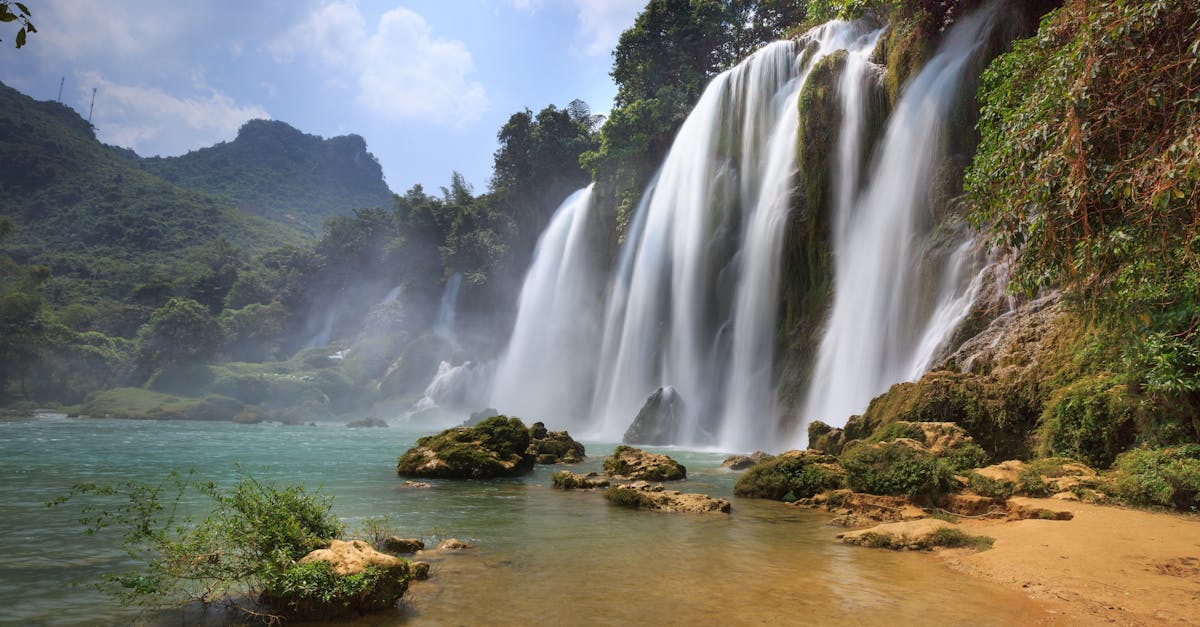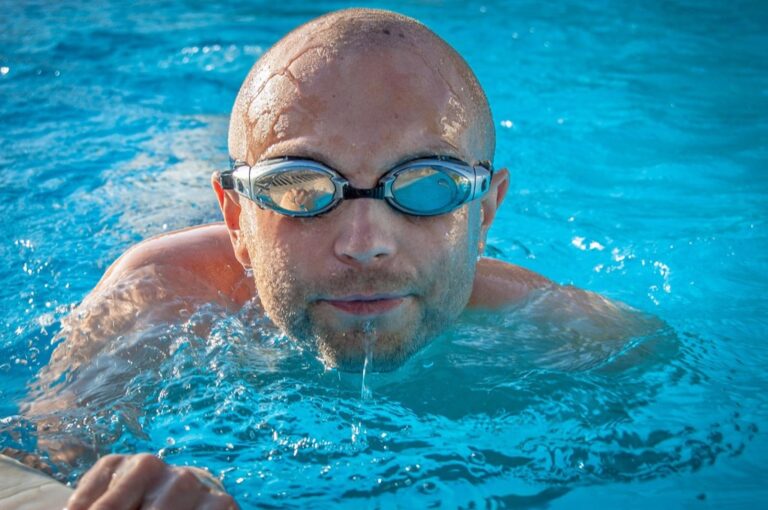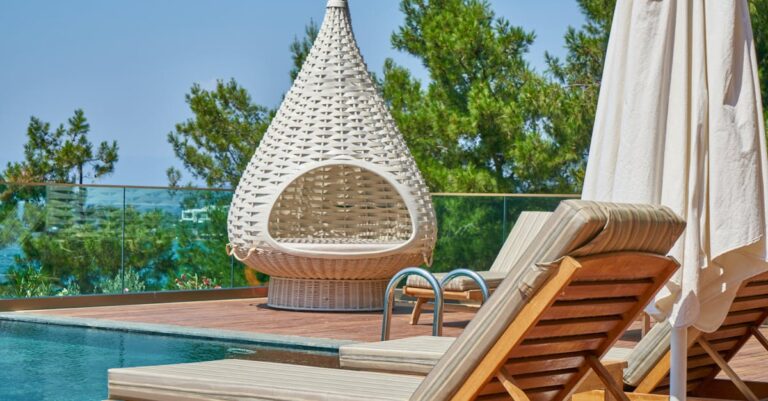7 Best Pool Filtration Systems Compared That Maximize Water Clarity
Dive into our comparison of 7 top pool filtration systems, evaluated for efficiency, cost, and maintenance. Find the perfect match for crystal-clear water and lower operating expenses.
Keeping your pool crystal clear doesn’t happen by magic—it requires a reliable filtration system that efficiently removes debris and contaminants. With numerous options on the market, finding the right pool filtration system can feel overwhelming when you’re trying to balance performance, maintenance requirements, and cost.
We’ve tested and compared the 7 best pool filtration systems available today, evaluating each on filtration efficiency, energy consumption, ease of installation, and long-term value. Our comprehensive analysis will help you make an informed decision that keeps your pool sparkling clean while potentially saving you hundreds in maintenance and energy costs.
Disclosure: As an Amazon Associate, this site earns from qualifying purchases. Thank you!
The Essential Guide to Pool Filtration: Why the Right System Matters
Your pool’s filtration system is the primary defense against contaminants, bacteria, and debris that can turn crystal-clear water cloudy and unsafe. More than just a maintenance component, the right filtration system directly impacts water quality, chemical balance, and even your long-term operating costs. Pool owners often underestimate how significantly filtration efficiency affects everything from water clarity to pump energy consumption.
Understanding your filtration options isn’t just about maintaining cleanliness—it’s about creating a healthier swimming environment while potentially saving thousands in unnecessary expenses. The ideal system for your pool depends on specific factors including pool size, usage patterns, local climate, and your maintenance preferences. With options ranging from sand filters to cartridge systems and diatomaceous earth technologies, each offering distinct advantages and limitations, knowing the fundamentals helps you make an informed decision.
1. Sand Filtration Systems: The Traditional Workhorse
Keep your pool water crystal clear with the GAME 7011-E Sand Filtration System. This system features a powerful 3/4 HP pump and a digital timer for effortless pool maintenance.
Sand filtration systems have been the backbone of pool maintenance for decades, offering reliable performance at an accessible price point.
How Sand Filters Work
Keep your pool water clean and clear with the Intex SX1500 Sand Filter Pump. Featuring a 1500 GPH flow rate and Hydroaeration Technology for improved filtration, this pump also offers a convenient 24-hour timer for automatic operation.
Sand filters use specially graded silica sand to trap contaminants as water passes through. Pool water enters the tank from above, flows through the sand bed where particles as small as 20-40 microns are trapped, and clean water returns to your pool through lateral pipes at the bottom. The filtration process relies on the sharp edges of sand grains capturing debris while allowing water to flow through.
Pros and Cons of Sand Filtration
Pros: Sand filters are budget-friendly, typically costing $250-$750, and extremely durable, often lasting 7+ years. They’re low-maintenance, requiring simple backwashing rather than replacement parts. They handle high flow rates well and are ideal for larger pools.
Cons: They capture larger particles (20+ microns) but miss finer contaminants. Backwashing uses significant water (100-300 gallons) and your filter’s efficiency decreases between sand replacements.
2. Cartridge Filtration Systems: The Maintenance-Friendly Option
Enjoy cleaner, healthier water from any faucet with the KOHLER Aquifer filtration system. This double cartridge system reduces lead, chlorine, and other contaminants while maintaining your water flow.
The Mechanics of Cartridge Filters
Keep your pool sparkling clean with the SWIMLINE Hydrotools filter. Its 50 sq ft cartridge efficiently filters particles down to 50 microns and its durable, weather-resistant construction ensures long-lasting performance with minimal maintenance.
Cartridge filtration systems use pleated polyester or paper elements to trap debris as water flows through. These cylindrical cartridges provide extensive surface area that can capture particles as small as 10-15 microns—significantly finer than sand filters. You’ll find most systems house one to four cartridges within a tank, with water pressure forcing contaminants against the pleated material.
Advantages and Limitations of Cartridge Systems
Cartridge filters offer exceptional water clarity without backwashing, saving thousands of gallons annually. You’ll appreciate their straightforward maintenance—simply remove, hose off, and reinstall every 2-4 weeks. While they excel in filtration efficiency and water conservation, cartridge systems typically cost more upfront and require cartridge replacement every 2-3 years. Their lower flow rates may also necessitate longer running times for larger pools.
3. Diatomaceous Earth (DE) Filters: Superior Filtration Power
Get sparkling clean pool water with Celatom Diatomaceous Earth. This powerful filter aid removes particles down to 2 microns, enhancing filter productivity and reducing chemical use.
Understanding DE Filter Technology
Keep your pool sparkling with Robelle Premium D.E. filter powder. This 24-pound box contains four pre-measured charges for easy use in standard diatomaceous earth pool filters.
DE filters use fossilized remains of diatoms to create an exceptionally fine filtering medium. These microscopic, porous particles trap contaminants as small as 2-5 microns—far smaller than sand or cartridge filters can capture. The DE powder coats grid-like elements inside the filter tank, forming a powerful filtration layer that delivers crystal-clear water quality.
When to Choose a DE System
You’ll benefit most from a DE system if water clarity is your top priority or if your pool experiences heavy use. These filters excel in demanding environments like commercial pools, properties with many trees nearby, or areas with persistent pollen issues. DE filtration is ideal for discerning pool owners willing to invest more time and money for premium results.
4. Robotic Pool Cleaners: The Modern Solution
Robotic pool cleaners represent the cutting-edge of pool filtration technology, combining autonomous operation with powerful cleaning capabilities. These smart devices have revolutionized how pool owners maintain water clarity and quality.
Automation Benefits for Pool Owners
Robotic cleaners save you approximately 7-10 hours of manual cleaning time each month. They navigate your pool independently, scrubbing surfaces and filtering water simultaneously. Most models operate separately from your main filtration system, reducing wear on your pump and filter while capturing particles as small as 2 microns. This automation translates to cleaner water with minimal effort and reduced chemical usage.
Integration with Existing Systems
Robotic cleaners complement rather than replace your primary filtration system. They work in tandem with sand, cartridge, or DE filters to maintain optimal water quality. Modern units require only a standard electrical outlet—no additional plumbing needed. Many newer models even feature smartphone connectivity, allowing you to schedule cleanings, monitor performance, and receive maintenance alerts directly through your phone.
5. Salt Chlorine Generators: Filtration with a Twist
Salt chlorine generators transform your pool maintenance routine by converting ordinary salt into natural chlorine. These systems work alongside your primary filtration system to provide sanitization while reducing chemical handling and storage.
How Salt Systems Complement Filtration
Salt chlorine generators create a continuous supply of pure chlorine from dissolved salt in your pool water. This consistent sanitization dramatically reduces the burden on your filtration system by preventing algae growth and bacterial contamination before they start. Your filter captures fewer organic compounds because the salt system actively destroys them, extending filter media life by up to 30% compared to traditional chlorine pools.
Cost Analysis and Environmental Impact
While salt systems require a higher initial investment ($500-$2,000), they typically reduce annual chemical costs by 50-80%. The average salt system pays for itself within 2-3 seasons through reduced chemical purchases and extended filter life. Environmentally, these systems eliminate chlorine packaging waste and reduce the carbon footprint associated with chemical manufacturing and transportation, making them an increasingly popular eco-friendly choice for sustainable pool ownership.
6. UV and Ozone Systems: Advanced Sanitization Technologies
UV and ozone systems represent cutting-edge technology in pool sanitization, working alongside traditional filtration methods to create exceptionally clean and clear water. These advanced systems target contaminants that conventional filters might miss, providing a powerful second line of defense against waterborne pathogens.
Combining UV/Ozone with Traditional Filtration
UV and ozone systems complement your existing filtration setup by adding a crucial sanitization layer. Water passes through UV chambers or ozone generators after traditional filtration, destroying up to 99.9% of bacteria and viruses that mechanical filters miss. This powerful combination reduces chlorine dependency by 50-70% while extending the life of your primary filter by preventing organic buildup.
Health Benefits and Performance Metrics
Swimming in UV or ozone-treated water significantly reduces eye irritation, skin dryness, and respiratory issues commonly associated with chlorine-heavy pools. These systems eliminate chloramines—the compounds responsible for that harsh “pool smell”—while inactivating chlorine-resistant parasites like Cryptosporidium. Performance testing shows UV systems can destroy 99.9% of microorganisms in seconds, with high-quality units maintaining effectiveness for up to 13,000 operating hours before requiring lamp replacement.
7. Smart Filtration Systems: The Future of Pool Maintenance
Smart filtration systems represent the cutting edge of pool maintenance technology, combining traditional filtration methods with intelligent monitoring and control capabilities.
Wi-Fi Enabled Features and Remote Monitoring
Smart filtration systems connect directly to your home network, allowing you to monitor and adjust your pool’s filtration from anywhere. You’ll receive real-time water quality alerts on your smartphone when chemical levels fluctuate or filtration efficiency drops. These systems track historical performance data, helping you identify patterns and optimize maintenance schedules without constantly checking your pool equipment manually.
Energy Efficiency and Long-Term Value
Smart systems automatically adjust filtration cycles based on actual pool conditions, reducing energy consumption by up to 40% compared to traditional timers. You’ll see lower utility bills as these systems operate only when necessary, extending equipment life by preventing unnecessary wear. While costing 25-30% more upfront than conventional systems, smart filtration typically pays for itself within 2-3 seasons through reduced chemical, energy, and maintenance expenses.
Making Your Final Decision: Factors to Consider When Choosing a Pool Filtration System
Your ideal pool filtration system ultimately depends on your specific needs. Sand filters offer affordability and simplicity while DE systems deliver premium water clarity. Cartridge filters balance performance with water conservation and smart systems provide convenience through automation.
Consider your budget both upfront and long-term along with your maintenance preferences. Evaluate your pool’s size usage patterns and local climate conditions. Remember that combining technologies like UV treatment or salt chlorination with your primary filtration can enhance overall performance.
The right system will keep your pool sparkling clean while aligning with your lifestyle. Whether you prioritize water quality energy efficiency or maintenance simplicity there’s an optimal filtration solution waiting for your backyard oasis.
Frequently Asked Questions
What is the importance of a pool filtration system?
A pool filtration system defends against contaminants, bacteria, and debris that compromise water quality and safety. It affects water clarity, chemical balance, and long-term operating costs. The right system creates a healthier swimming environment and can lead to significant savings on maintenance and energy expenses over time.
How do sand filtration systems work?
Sand filters use specially graded silica sand to trap contaminants as water flows through, capturing particles as small as 20-40 microns. They’re budget-friendly, durable, and low-maintenance. However, they miss finer contaminants and require significant water for backwashing, which can increase water bills over time.
What are the benefits of cartridge filtration systems?
Cartridge filters use pleated polyester or paper elements to trap debris as small as 10-15 microns. They offer excellent water clarity without backwashing, saving thousands of gallons annually. Maintenance is straightforward every 2-4 weeks, though they have higher upfront costs and require cartridge replacement every 2-3 years.
How effective are DE (diatomaceous earth) filters?
DE filters provide superior filtration by using fossilized diatom remains to trap contaminants as small as 2-5 microns. They’re ideal for pools requiring exceptional water clarity or those with heavy usage. While they demand higher investment in time and money, they deliver premium results for discerning pool owners.
What do robotic pool cleaners offer?
Robotic pool cleaners save approximately 7-10 hours of manual cleaning time monthly by navigating independently, scrubbing surfaces, and filtering water simultaneously. They capture particles as small as 2 microns and operate separately from the main filtration system, reducing wear on pumps and filters.
How do salt chlorine generators enhance pool maintenance?
Salt chlorine generators convert ordinary salt into natural chlorine, providing continuous sanitization alongside primary filtration. They reduce the burden on filters, extending their lifespan by up to 30%. Though requiring higher initial investment, they significantly lower annual chemical costs and are environmentally friendly.
What are UV and ozone systems?
UV and ozone systems are advanced sanitization technologies that complement traditional filtration by targeting contaminants conventional filters miss. They destroy up to 99.9% of bacteria and viruses, reducing chlorine dependency and improving water quality. Benefits include reduced eye irritation and skin dryness.
What are smart filtration systems?
Smart filtration systems combine traditional methods with intelligent monitoring and control capabilities. They connect to home networks for remote monitoring and provide real-time alerts on water quality. These systems can reduce energy consumption by up to 40% and typically pay for themselves within 2-3 seasons through lower utility bills.
How do I choose the right filtration system for my pool?
Consider your pool size, usage patterns, local climate, and maintenance preferences. Sand filters are budget-friendly but less efficient, cartridge systems offer good filtration without backwashing, and DE filters provide superior cleaning but require more maintenance. Your ideal system balances performance, maintenance requirements, and cost.
How often should pool filtration systems be maintained?
Maintenance frequency varies by system type: sand filters need backwashing every 1-3 weeks and sand replacement every 3-5 years; cartridge filters require cleaning every 2-4 weeks and replacement every 2-3 years; DE filters need cleaning every 1-3 months and DE powder replenishment after each cleaning.










